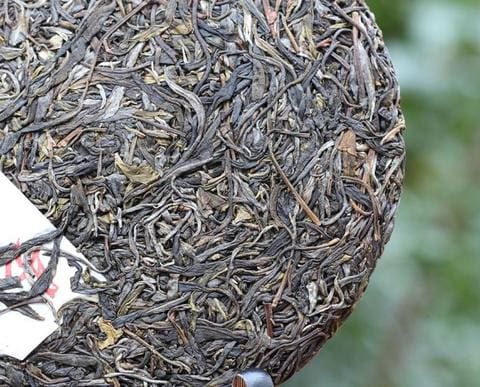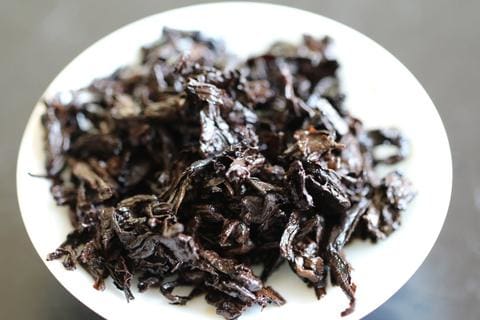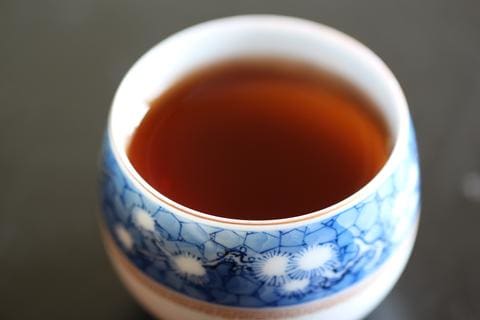
What Is Pu’erh Tea and Why Is It So Captivating? (Part II)
There is no denying that the flavor of pu’erh tea is very unique and complex. If you have had experience with it before, you have probably noticed that every brand or cake has a different taste. A sip from each steeping can lead to a new flavor that may not be easily identifiable.

In fact, besides the fascinating taste, perhaps one of the most captivating and rewarding elements of pu’erh tea is being able to brew the leaves over and over again, making for its own art form. With each infusion, you can discover more and more flavors, and the resilience of the leaves to every infusion makes pu’erh tea perfect for get-togethers and entertainment. I once had the privilege of sharing an 8g pao (one serving of brewing amount) of 1980s aged pu’erh with several other tea lovers, and we were able to enjoy it at midnight after brewing 40 times! It was an amazing and fulfilling tea experience, and it made for a wonderful memory.
Like wine, the terroir contributes greatly to the complexity of the flavor profile of a pu’erh. There are four major growing regions in Yunnan province: Menghai, Mengku, Yiwu, and Jingmai. Each of these regions has a distinct flavor profile. For example, pu’erh tea from Menghai produces a stronger, more robust taste, of which the best known tea is Lao Banzhang. Mengku tea, by contrast, is usually honey sweet. Tea from Yiwu tends to be is soft and gentle at first, but it develops an amazing flavor as it ages!
As a result of how the region affects the flavors of pu’erh teas, pricing is based in part on where they are produced. Tea from some villages or mountains, such as the prestigious Lao Banzhang and Bingdao areas, are sold at much greater premiums. Even so, it is hard to find truly authentic Bingdao in the market, and so one has to be cautious when purchasing.

Besides the region, the age of the pu’erh tree from which the leaves are harvested is also a significant factor. Pu’erh tea is sometimes marketed with various phrases, such as “young tree,” “big tree,” "arbor tree," and “gushu” (or “ancient tree”). In general, tea from the oldest trees (“ancient tree”) is the most sought after.
Ancient tree pu’erh has a more sophisticated flavor profile. Even amongst the ancient trees, tea from a 500-year-old tree will taste richer than that from one that is 100 years-old, creating a greater demand for the pu’erh from the older trees. Age is thus another factor in the pricing of pu’erhs. This is why one might find the price of pu’erh tea varying greatly amongst the differently-aged trees.
I sometimes get questions from tea drinkers asking how one can tell the difference between pu’erh tea from young trees, big trees, and ancient trees. Unfortunately, there is really no good, objective criteria that I can provide to anyone. Rather, it is something that your palate starts to discern after drinking a lot of pu’erh tea over time. Taking the time to taste it carefully and thoughtfully is what helps develop this skill, as well as arranging side-by-side tastings of different kinds of pu’erhs.

It is the different dynamic terroirs, growing regions, tree ages, and complex aging processes that help produce each pu’erh. These factors together result in the wide array of complex flavors people discover when trying pu’erhs. Even the same tea will taste very different depending on its age. For example, a first-year sheng pu’erh may taste very different after it has been aged another five years. And again, at ten years, that same sheng may taste even more different than it did at five years.
While you can develop a sense for how the flavor of sheng pu’erh generally evolves over time, you cannot predict exactly how each specific tea will evolve in flavor. It is not uncommon for a mediocre tea at year one to surprise you five years later with a very good flavor. This, perhaps, is what makes pu’erh tea so exciting. No other tea develops over time the same way that pu’erh tea does.
